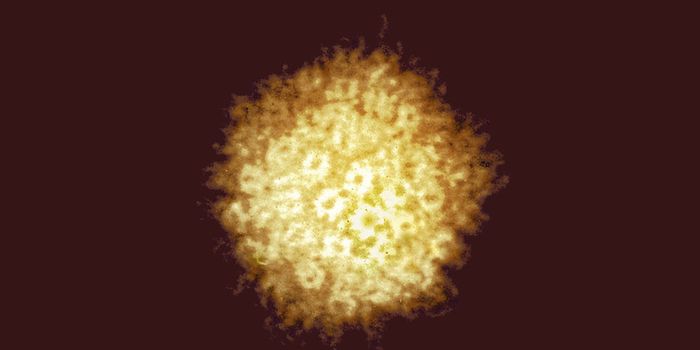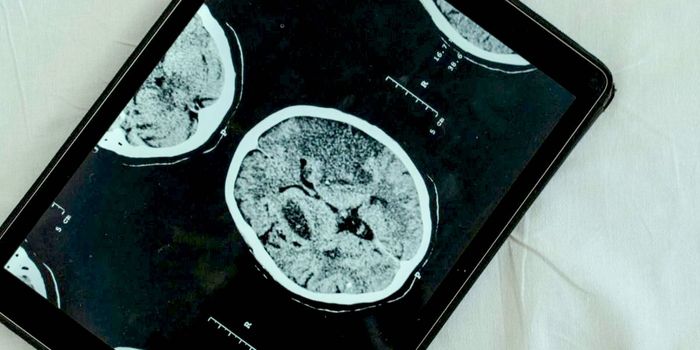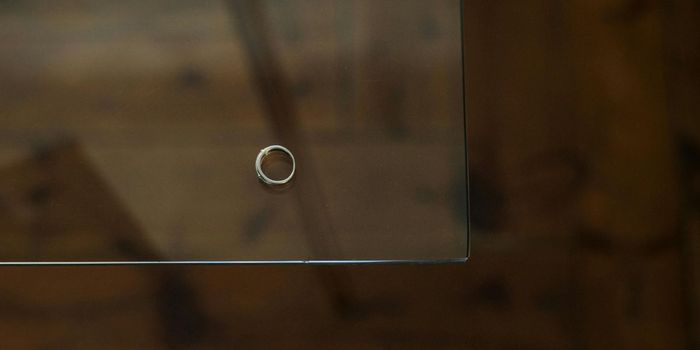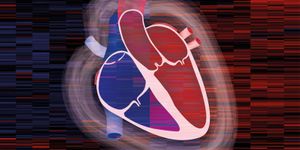Can Plasma Infusions Treat Alzheimer's Disease?
Alzheimer's disease (AD) is in the headlines almost every week. Currently, estimates from the WHO and the CDC show that nearly 15 million Americans suffer from AD and worldwide that number jumps to more than 44 million people who have the disease or a related form of dementia.
The numbers are going nowhere but up, and it's a global health concern. Currently, there is no cure for Alzheimer's or most other forms of dementia, so research into the cause of AD and, more importantly, treatment, is ongoing.
Recently, Stanford University School of Medicine investigators reported some success in using blood plasma transfusions as a treatment for patients with mild to moderate Alzheimer's. Blood plasma from young, healthy individuals was transfused into AD patients in a small clinical trial.
The trial, aptly named PLASMA (Plasma for Alzheimer's Symptom Amelioration) was conducted at Stanford Hospital and led by Sharon Sha, MD, who is an associate professor of neurology at the university. The team was not surprised that the results showed plasma infusions to be safe. There are many other medical conditions for which a plasma infusion is a treatment option, and the safety of this procedure is well established.
The treatment was also tolerable since most patients did not report any significant side effects. It's feasible in that plasma is available through donations, similar to blood, so the material is there. But did it work for AD symptoms? Well, sort of.
To back it up a little, the idea of blood plasma for AD in humans came about from earlier research by Stanford professor and research scientist Tony Wyss-Coray, Ph.D. His study showed that in a mouse model, factors in the blood of baby mice were shown to improve brain tissue and function in older mice.
Continuing the research, Dr. Sha led the human trials, also at Stanford. The study was funded by Alkahest which is a privately held biotech company that owns the intellectual property patent on the plasma regimen. Dr. Wyss-Coray is a co-founder of the company, and the chairman of its advisory board. He continues to work at Stanford as well. Sha acknowledged in a press release that the study size, just 18 participants, was small and that results on efficacy were based on observational information given by caregivers in surveys.
For the first part of the trial, nine of the eighteen study volunteers were given weekly infusions of plasma, which is the part of blood that contains no cells.The infusions continued for four weeks. The donors for the plasma were all aged 18-30. After a six-week break, the participants were then flip-flopped and the group that received the plasma initially was given the placebo solution and vice versa. In the first stage, none of the participants knew if they had gotten the plasma or the placebo.
Questionnaires covering memory, cognition, and mood were given before the testing began and after each round of infusions. For the second round, the team took into account the six months of time the trial took, and the multiple trips to and from the center and the second group of nine participants all received the plasma, and they and their caregivers were made aware of it. This method shortened the study to three months. The second group went through the same cognitive testing and questionnaires as the first. Two of the participants had adverse reactions, one was a stroke which was found to be unrelated, and another had an itchy rash which is not uncommon with infusions of blood products.
After all the results were tallied, there were no significant improvements shown in the tests that measured cognition and mood. This could have been due to the small size of the study. There were, however, statistically significant improvements in the participants' functional ability, that is, remembering how to do specific tasks. This was not driven by the fact that participants knew they were getting the plasma because the improvements were shown in the first group, where the study was double-blind.
Alkahest stated that based on the results of this initial trial on safety, tolerance and feasibility they hope to conduct a larger and more comprehensive trial to better assess efficacy.
Sources: Stanford University, UPI, CTAD









